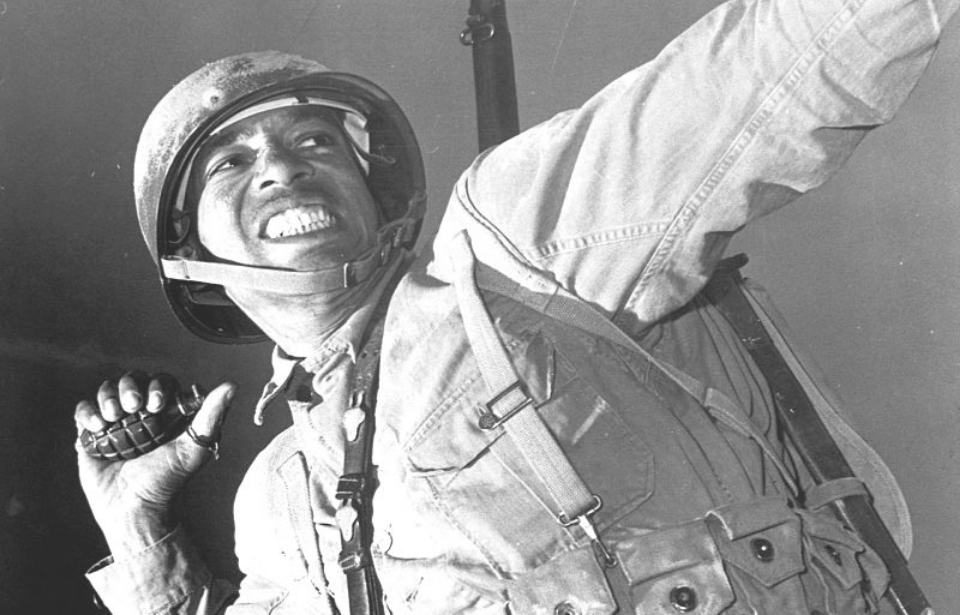When it comes to explosive weaponry, few are as iconic, yet commonly misrepresented as the hand grenade. Mainstream media, including films and video games, often portray individuals pulling the pin with their teeth, hurling the grenade at the enemy and anticipating a spectacular explosion. However, this portrayal glosses over the genuine handling of such weapons.
Let’s delve into six common inaccuracies in the portrayal of grenades and their use in combat within war movies.
What is a grenade?
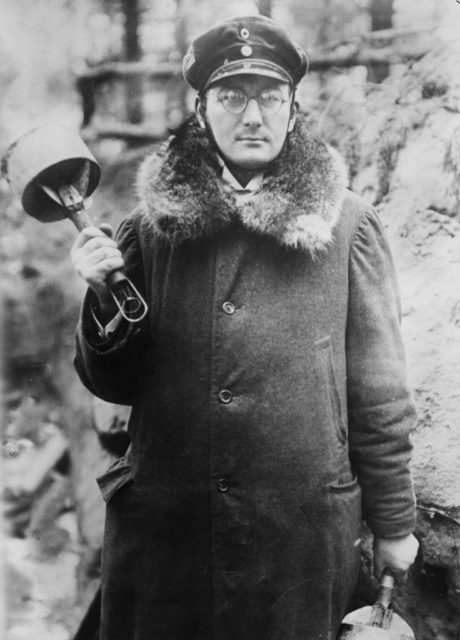
Contemporary hand grenades comprise an internal explosive charge, a detonator and an internal striker responsible for initiating the explosion. These components are secured by a lever and pin safety device. While there are diverse grenade types designed for specific purposes, the fragmentation grenade stands out as the most prevalent.
The roots of grenades can be traced back to the Byzantine Empire, where small ceramic canisters resembling pomegranates were utilized. These containers were filled with “Greek fire” and employed to set ships ablaze in naval battles. Concurrently, during the Song Dynasty (960-1279 AD) in China, ceramic vessels filled with gunpowder and fuses contributed to the historical evolution of grenades.
The advent of the modern grenade took place in Britain in 1906, although formal adoption by the British Army didn’t occur until ’13. The outbreak of World War I propelled advancements in hand grenade technology throughout Europe, leading to the creation of novel models like the Mills bomb, acknowledged as the inaugural modern fragmentation grenade.
Today, the weapon varies in form and purpose, from fragmentation grenades to high explosive ones, anti-tank and stun grenades (also known as flashbangs).
Movie error #1: Pulling the pin with your teeth

Having covered the history of grenades, let’s delve into what Hollywood has inaccurately portrayed about these explosive devices. The first misconception is a frequent one: soldiers pulling the pin with their teeth.
The safety pin of a grenade is deliberately designed to be difficult to remove, especially when bent. If it were as effortlessly pulled out as depicted in films, the weapon wouldn’t be a safe or practical option, let alone reliable. While a soldier could technically use their teeth to pull the pin, it’s likely to result in a painful visit to the dentist (and nobody enjoys that).
It’s far easier and safer to remove the pin using their hands.
Movie error #2: A massive fireball explosion
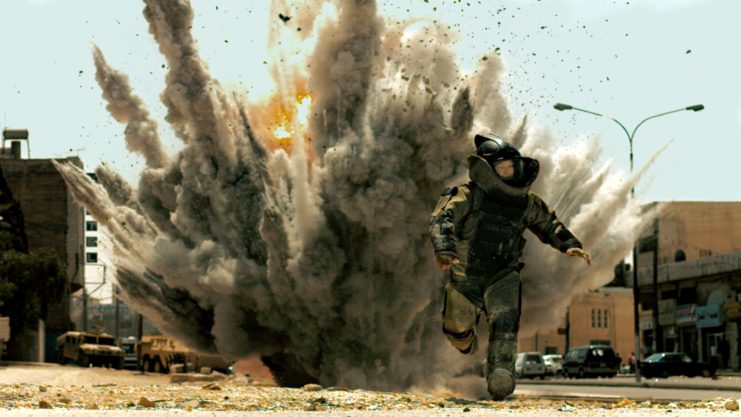
In many war movies, characters are depicted throwing grenades, resulting in a dramatic explosion followed by their slow-motion escape, as is typical in Hollywood. However, this portrayal is not entirely accurate. Grenades are not designed to generate massive fireballs; rather, they are intended to propel shrapnel in a wide radius around them.
The typical casualty radius of a hand grenade ranges from five to 20 meters. Within a 10-meter range, a grenade can fatally injure bystanders, while serious injuries can occur up to 20 meters away. Despite the potential lethality of a grenade explosion, the weapon lacks the force necessary to produce the immense fireballs seen in movies.
The average causality radius of a hand grenade is between five and 20 meters. From 10 meters away, a single grenade can kill a bystander, while serious injuries can occur from 20 meters. While an explosion caused by a grenade can be deadly, the weapon lacks the power necessary to create a massive fireball like in the movies.
Movie error #3: The effects of shrapnel
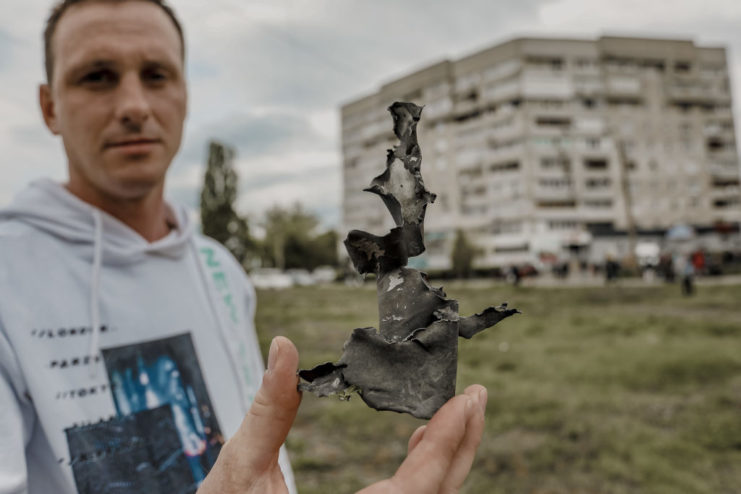
Of the types of grenades used today, the M67 fragmentation grenade is one of the most prolific. Fragmentation grenades are defensive weapons designed to break apart and spray shrapnel upon detonation. Even improvised grenades, such as the incendiary Molotov cocktail, use a similar method of fragmentation to deal maximum damage.
Many movies, television shows and video games leave out the shrapnel component of grenades. Instead, they portray the explosion itself as the weapon’s primary lethal effect. In reality, the blast from a grenade alone likely wouldn’t kill anyone standing within the casualty radius (as mentioned above). The danger posed by shrapnel is much more deadly.
Movie error #4: Throwing the grenade like a baseball
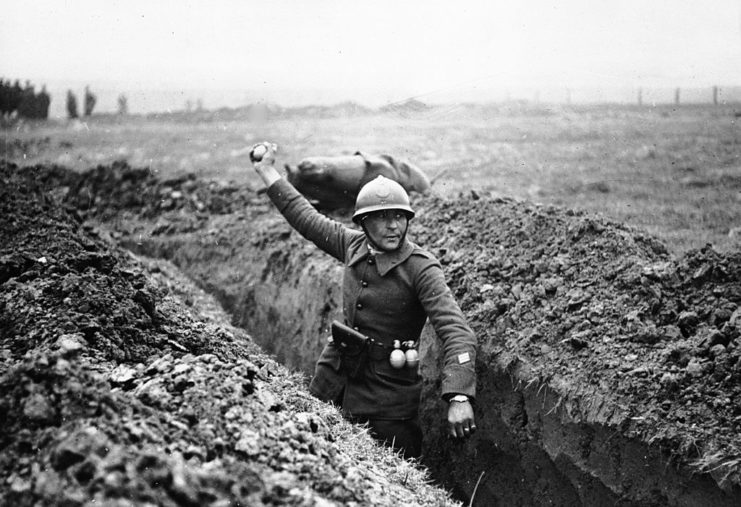
When soldiers throw a grenade in movies, they usually throw it lightly over the shoulder like a baseball. In reality, grenades are much heavier than the average baseball, weighing around 400 grams (depending on the model), while a baseball only weighs 141 grams.
It takes time and practice for soldiers to properly learn how to throw a grenade with enough force to avoid falling victim to the 20-meter-wide causality radius.
Movie error #5: Projectile grenades are not missiles
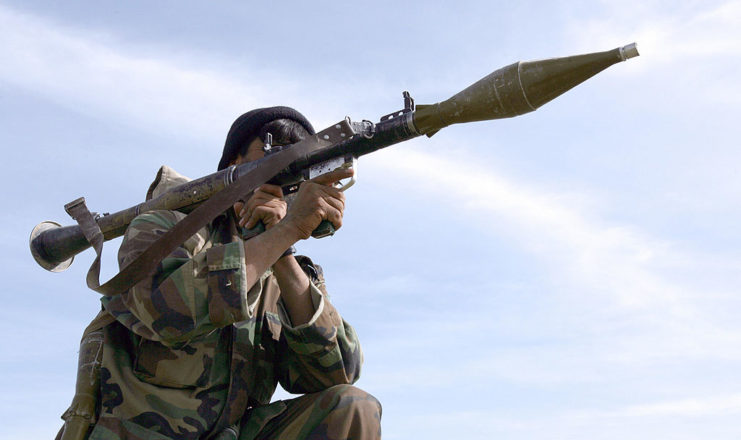
Grenade launchers, also known as projectile grenades, have become one of the most easily recognizable weapons in the world. They were first used in modern combat during WWI and were constructed from items like crossbows and catapults. As such, they were less effective than the ones used today.
Today, projectile grenades are so sophisticated that they often get mistaken for missiles and rocket-propelled grenades (RPGs). RPGs are much larger and use larger ammunition that’s equipped with its own internal fuel supply, while grenade launchers are smaller rifles that use external fuel to launch fragmentation grenades, which slightly reduces the risk of getting blown up.
Both rocket launchers and grenade launchers have their advantages. Grenade launchers are smaller and can be fired faster than a rocket launcher, but rocket launchers can fire missiles at a greater distance. Even though movies like to use grenade launchers and rocket launchers interchangeably, they couldn’t be more different!
Movie error #6: You can’t actually throw grenades back
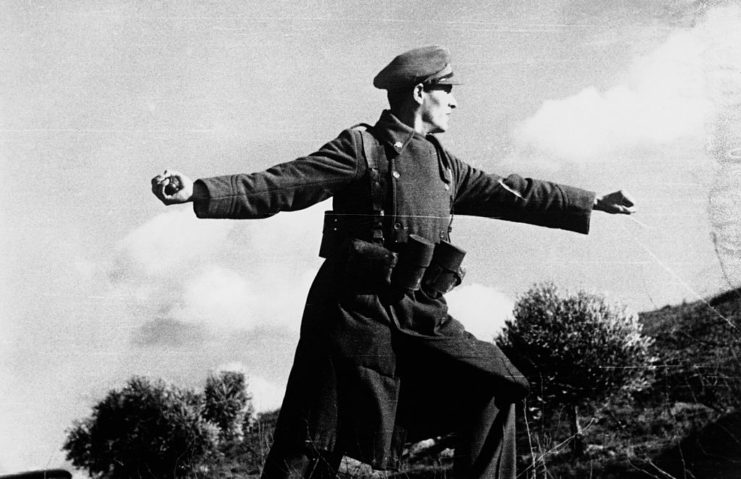
One movie trope that likely bothers many soldiers and military enthusiasts is when characters throw back unpinned grenades – especially when they’ve been sitting on the ground for more than a few seconds. While throwing the weapon back can be accomplished in some circumstances, it’s incredibly difficult (and inadvisable), unless one has a death wish.
More from us: The Worst Position to Hold in WWII Was as a Ball Turret Gunner
There’s only a few seconds of space between the pin being pulled and the grenade going off, and thus the only way a soldier could even successfully lob the weapon back is if they were to catch it straight out of the air. This hardly ever happens. The most likely scenario is it’ll roll and bounce on the ground, not giving someone enough time to run up to it, grab it and throw it back before detonation.
